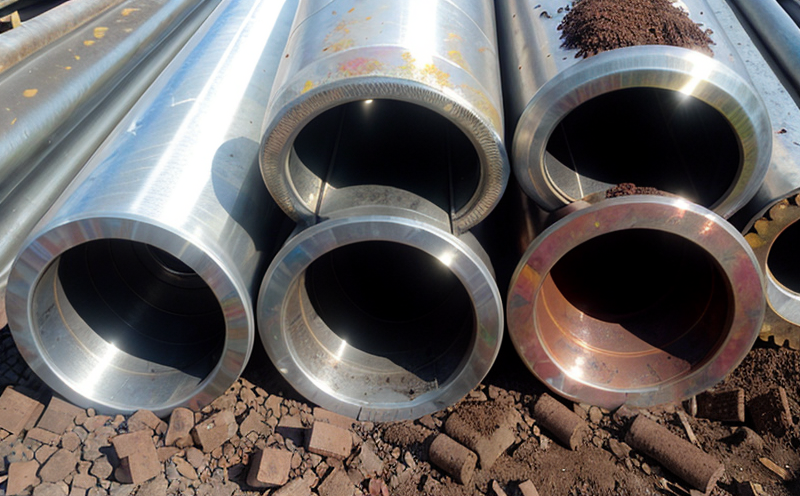EN 71-3 Heavy Metal Testing in Crayons and Pencils
The European Standard EN 71-3 is a crucial document that sets out essential safety requirements for toys, including materials used in their manufacture. One of the key aspects of this standard pertains to the testing of heavy metals present in crayons and pencils intended for children's use. This section will delve into the specifics of how these tests are conducted, their significance, and why they are critical for ensuring child safety.
Heavy metals such as lead, cadmium, chromium, and mercury can pose significant health risks when ingested or absorbed through the skin. The EN 71-3 standard mandates that any heavy metal content exceeding specified limits must be avoided in children's toys to prevent adverse effects on their development. This regulation is particularly important for crayons and pencils as they are often handled by young children, increasing the risk of ingestion.
The testing process involves several steps, starting with proper specimen preparation. The specimens (crayons or pencil leads) must be ground into a fine powder using appropriate laboratory equipment to ensure accurate measurement of metal content. After preparation, the samples undergo a series of analytical techniques to determine the levels of heavy metals present.
One common method used in this testing is atomic absorption spectroscopy (AAS), which provides precise measurements of the concentration of various elements including lead and cadmium. Other methods such as ICP-MS (Inductively Coupled Plasma Mass Spectrometry) are also employed for their high sensitivity and accuracy.
The acceptance criteria for these tests are stringent, with specific limits set for each heavy metal. For instance, the limit for lead in crayons is 90 ppm (parts per million), while pencils may have a slightly higher limit of 160 ppm. These thresholds reflect the balance between material properties and safety considerations.
The results of these tests are meticulously documented and reported to ensure compliance with regulatory requirements. Compliance officers and quality managers rely on these reports to make informed decisions about product safety and potential recalls if non-compliance is detected.
| Heavy Metal | Acceptance Limit (ppm) |
|---|---|
| Lead | 90 ppm in crayons, 160 ppm in pencils |
| Cadmium | 35 ppm |
| Chromium VI | 100 ppm |
| Manganese | 2000 ppm |
The importance of this testing cannot be overstated. By adhering to these standards, manufacturers can ensure that their products meet the highest safety standards and protect children from potential harm.
Industry Applications
- Testing crayons for heavy metal content ensures compliance with EN 71-3 regulations.
- Ensuring pencils are free of excessive heavy metals is crucial for safety in educational settings.
- This testing process also applies to other non-food, child-oriented products that may come into contact with the mouth.
The application of this standard extends beyond just toy manufacturing. It encompasses a wide range of products designed for children's use, including but not limited to coloring books and educational toys made from materials like paper or plastic that could potentially contain heavy metals during production.
| Sample Preparation | Analytical Method | Acceptance Criteria |
|---|---|---|
| Grinding into fine powder | AAS, ICP-MS | Lead: 90 ppm; Cadmium: 35 ppm; Chromium VI: 100 ppm |
Customer Impact and Satisfaction
- Parents can rest assured that their children's toys meet rigorous safety standards.
- Schools and educational institutions benefit from the peace of mind knowing pencils are safe for classroom use.
- Manufacturers avoid costly recalls by ensuring compliance early in the production process.
The results of this testing have a direct impact on customer satisfaction. Parents, educators, and regulatory bodies all rely on these tests to ensure that children's products are safe from harmful substances. Compliance with EN 71-3 not only protects public health but also builds trust between manufacturers and their customers.
Environmental and Sustainability Contributions
The rigorous testing of heavy metals in crayons and pencils contributes to environmental sustainability by ensuring that manufacturing processes do not inadvertently introduce harmful substances into the environment. This standard encourages responsible sourcing and production practices, which are crucial for reducing environmental impact.
By adhering to these standards, manufacturers can also enhance their reputation as environmentally conscious entities, attracting a broader customer base and potentially gaining an advantage in the competitive market.





